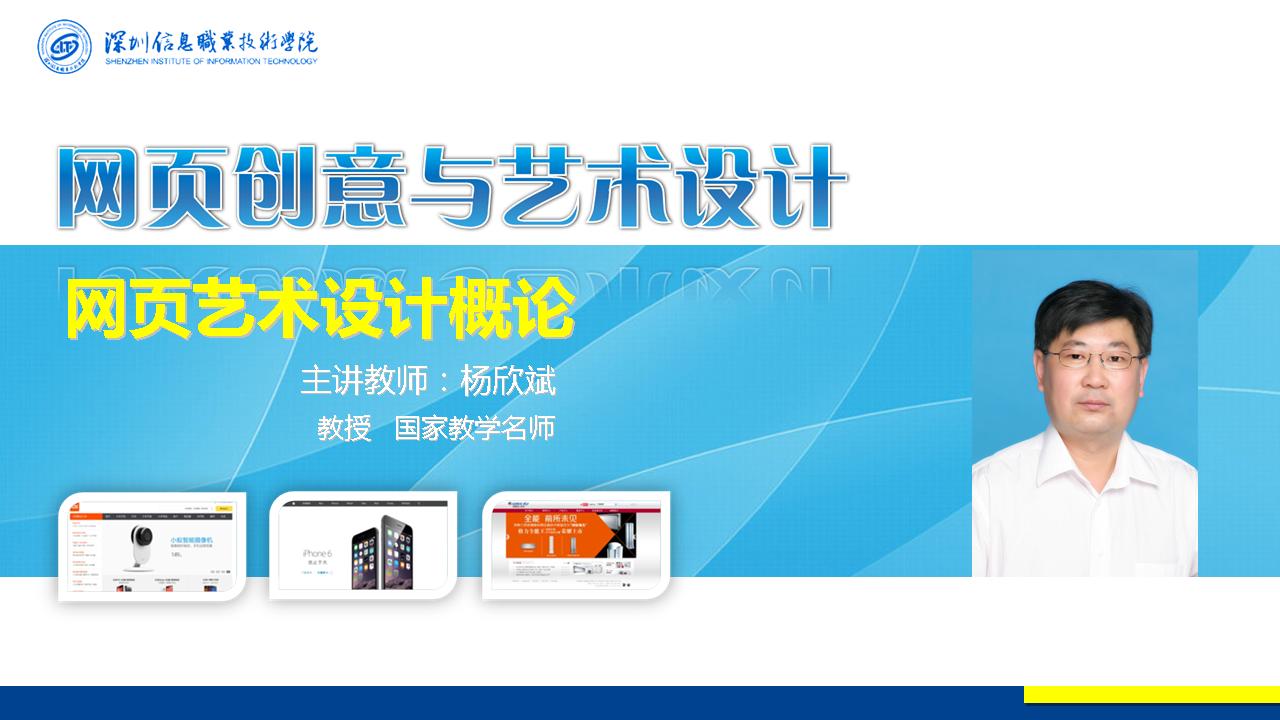
当前课程知识点:Socially-Responsible Real Estate Development: Learning to Use Impact Assessment Tools Effectively > Module 2: Environmental Impact Assessment > Readings > Importance of Nonobjective Judgements
This article, which I co-wrote with Louise Dunlap, explains a range of key ways in which nonobjective judgments, reflecting the values of those involved, are inherent in the implementation of EIAs. Two short segments, pages 335-337 and 363-366, are included here.
It is tempting to portray analytical tools such as environmental impact assessment (EIA) as entirely objective, rational devices for making decisions. These tools are often used by highly trained experts relying on advanced training in science, economics and engineering that lay-people may find difficult to question.
In reality, though, all of these tools build on a series of nonobjective judgments. It is when practitioners do not acknowledge these judgments that analytical tools are likely to become controversial and less effective in promoting beneficial outcomes.
There are seven key aspects of EIAs that are shaped by nonobjective judgments:
● Who should be included in the professional EIA team?
● How should the work plan be structured and which aspects of the process should be emphasized?
● How should the EIA process handle uncertainty where it arises?
● How to handle negative project impacts – should the process focus on substantively changing the project design, or simply working to mitigate the impacts that are foreseen?
● How and why to integrate public participation?
● How to handle data and forecasting – what is acceptable as a data source, and how precise do forecasts need to be?
● How does EIA fit into the planning process – is it an integrated or parallel process, and should it be addressing basic problems or working to propose fundamentally different alternatives?
There are no technically correct answers to these questions. Experts must rely on their experience and use their best judgment to come up with answers. What this means, though, is that other people’s judgments, besides that of the experts’, ought to be considered as well.
Value-based or nonobjective judgments do not necessarily invalidate EIA findings. Rather, it is important that those implementing EIAs become more aware of the choices and judgments they are making, often unconsciously, and are transparent about these judgments so they can be discussed.
Reflection questions:
1. Do you think it would be difficult to persuade experts to acknowledge the subjectivity of many of the judgments they make that have an impact on the decisions for which they are responsible? Why might they be reluctant?
2. This week’s reading by Lohani et al. describes the emerging role of EIA in developing countries. How do you think the willingness to acknowledge nonobjective judgments in tools such as EIA might vary by culture?
The Importance of Nonobjective Judgments in Environmental Impact Assessments
-Welcome
--Welcome
-Course Welcome
--Welcome
-Entrance Survey
-Entrance Survey
-Learning Objectives
-Course Schedule
-Meet Your Course Instructors
-Grading and Completion Criteria
--html
-Introduction
-Lectures
--html
-Readings
--Social Impact Assessment: The State of the Art
--Social Impact Assessment and Public Participation in China
-Developer Interview
--Module 1
--html
-Questions
-Assignment
--html
--html
--Peer Assessment
-Debrief
--Discuss
-Introduction
-Lectures
-Readings
--Methods of Environmental Impact Assessment
--Public Participation and Environmental Dispute Resolution
--Environmental Impact Assessment for Developing Countries in Asia
--Importance of Nonobjective Judgements
--Example Environmental Impact Statement
-Developer Interview
--html
--Module 2
--html
-Questions
-Assignment
--html
--Peer Assessment
-Debrief
--Discuss
-Introduction
--Text
-Lectures
--html
-Readings
--Introduction to Social Impact Assessment
--Effectiveness in Social Impact Assessment
--Example Social Impact Statement
-Developer Interview
--Video
--Text
-Questions
-Assignment
-Debrief
--Discuss
-Introduction
--Text
-Forest City Case Study
--Part 1
--Part 2
--Part 3
--Additional Forest City Information
-Lectures
-Readings
--Dealing with An Angry Public
--Facility Siting and Public Opposition
-Developer Interview
--Module 4
--Text
-Questions
-Assignment
--html
--SCENARIO
-Debrief
--Discuss
-Introduction
-Lectures
-Readings
--Why Would Corporations Behave in Socially Responsible Ways?
--Social Impact Assessments of Large Dams Throughout the World
--Environmental Sustainability Principles for the Real Estate Industry
-Developer Interview
--Module 5
-Questions
-Assignment
--html
--SCENARIO
-Debrief
-Further Resources
-Thank You
--Thank you for taking the course
-Acknowledgements




